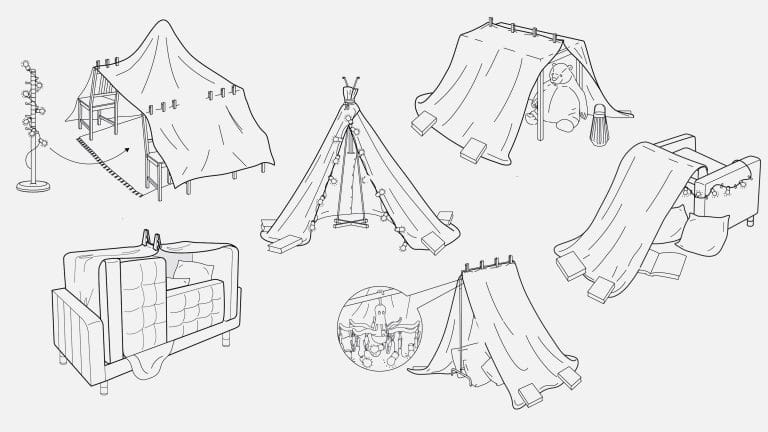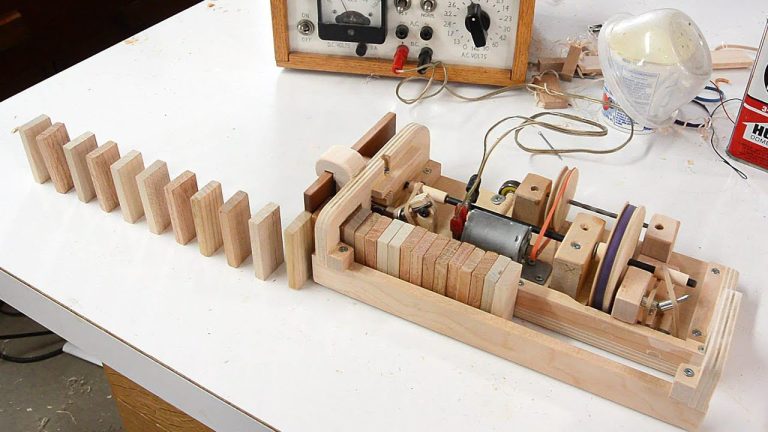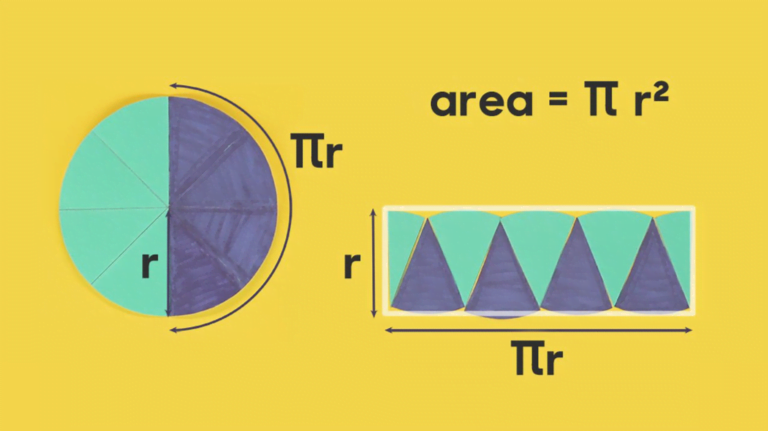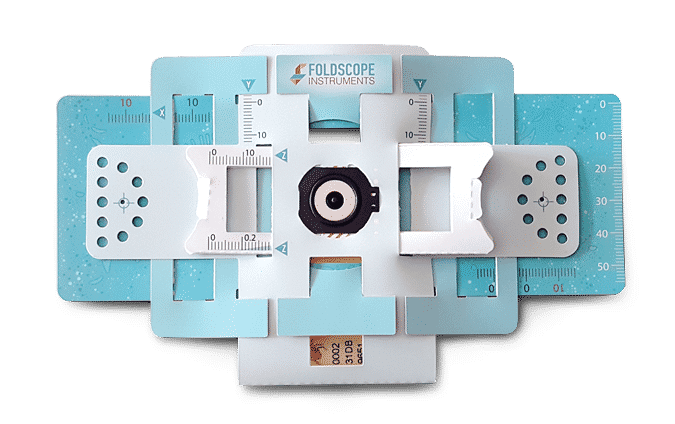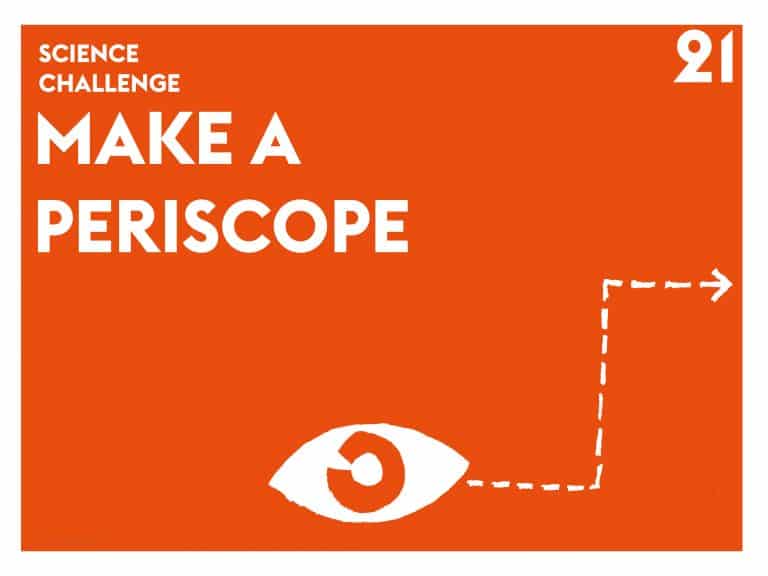Did you know that electricity and magnetism are actually very closely linked?
We will show you an utterly fantastic experiment that you can do at home that will demonstrate the connection between electricity and magnetism by building an electromagnetic train.
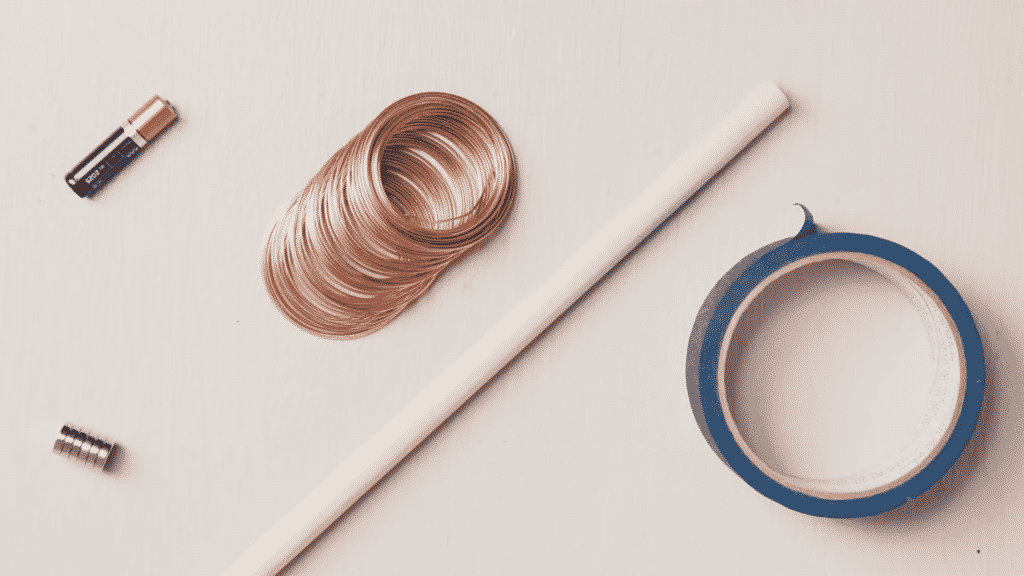
Ingredients:
- A spool of copper wire
- Triple A battery
- Six neodymium magnets (wider than your battery)
- A dowel (wider than your neodymium magnets)
- Tape
STEP 1
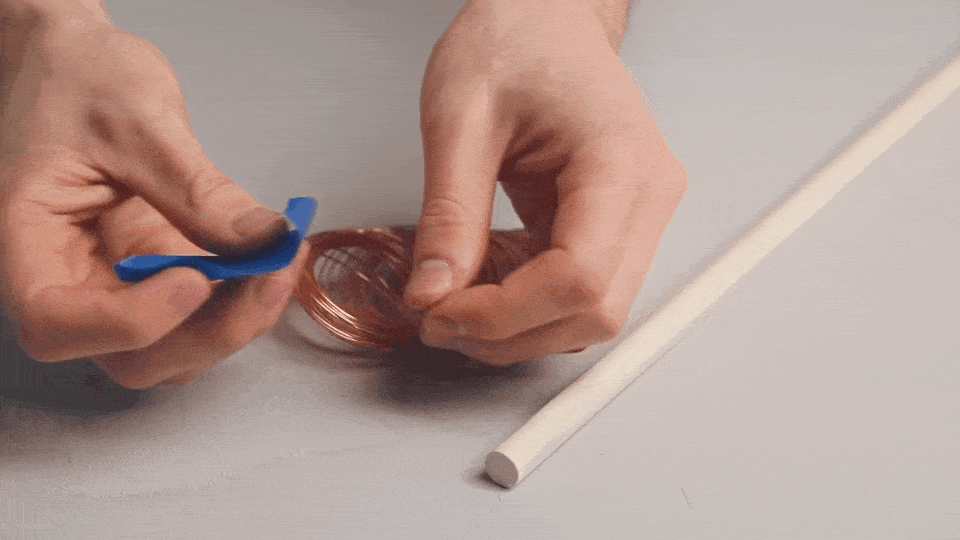
Start by taping one end of your copper wire to your dowel. Then spin your dowel to create a very tight coil of copper wire. Keep turning the dowel until you have at least four inches of tight copper coil.
STEP 2
Stretch your copper coil out just enough so that each loop doesn’t touch the one next to it.

STEP 3
Split your neodymium magnets into two stacks of three, orient them, so they repel each other, and then stick each stack to an opposite end of the battery.

STEP 4
Slip your assembly into your copper coil, and you should see your batteries zoom across the tube.
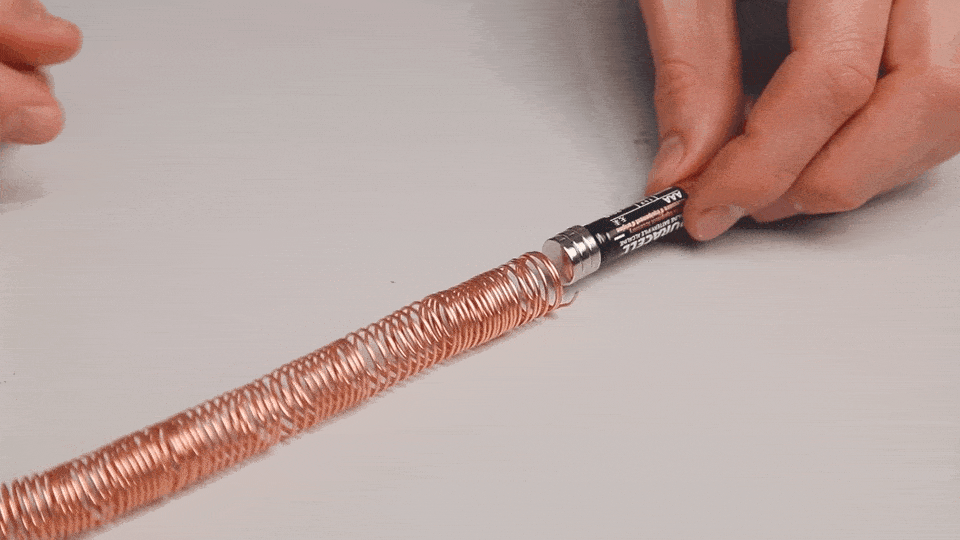
STEP 5
If your train doesn’t move, try flipping the whole assembly around. If this doesn’t work, try flipping one of the stacks of magnets.
So how in the world does this work? When you place your train into the copper coil, it creates a circuit. Electricity goes from the positive end of your battery through your magnets into the copper wire and spirals back to the battery’s negative terminal. The electricity going through the copper wire creates a magnetic field that pushes against your magnets and pushes your train forward. That’s basically how it works.


